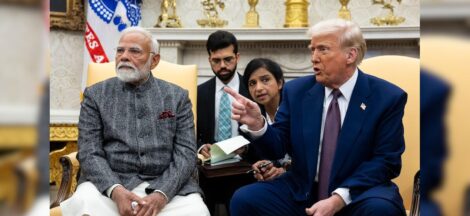NEW DELHI: S&P Global ratings on Tuesday said that India has had a strong record of meeting revenue and fiscal deficit targets at the central level and that the rating agency’s expectations for fiscal trajectory in India are in line with projections made in the Union Budget for financial year 2026 (FY26).
Addressing a webinar, S&P economists said that the targets set by India on the revenue side are realistic, including the enhanced dividend from the Reserve Bank of India (RBI).
“Before the government announces the budget, they have already been in very close talks with the RBI to discuss how much dividend can be given to the government for this year to supplement the budget,” an S&P economist said.
The Centre has set a target of achieving a fiscal deficit of 4.4 per cent of GDP in FY26 down from RE FY25 of 4.8 per cent.
S&P economists said that likelihood of strong economic growth to be maintained at levels well above other economies of similar income levels along with continued focus on ensuring that revenues are maintained at a relatively high level, while bringing the fiscal deficit down, is likely to improve the fiscal metrics and potentially all the metrics.
Talking about the tax incentives announced in the Budget, the S&P economist said, “The idea for the Indian government was really to return more consumption spending back to consumers so as to drive growth. And what they are hoping for is really for steady healthy economic growth to boost income tax revenue.”
In a major overhaul of the new tax regime in the Union Budget, the finance minister introduced a zero-income tax slab for taxpayers earning up to Rs 12 lakh annually under the new tax regime.
In its earlier report S&P had projected that combined with central government deficits that may trend down to 4.2 per cent of GDP by fiscal 2028, the general government fiscal deficit could gradually decrease to 6.8 per cent of GDP from 7.8 per cent in fiscal 2025.
Noting that Apple now ships many of its phones to its home market from India rather than China, S&P said that the US now imports a lower proportion of its goods from China, and China ships a lower proportion of its exports to the US today.
“The one conclusion one can draw from this may be that another round of tariff increases affect both economies slightly less than before,” the S&P economist said.
Source: Business Standard




 India, Qatar Aim To Double Trade To $28 Billion In 5 Years, Explore FTA
India, Qatar Aim To Double Trade To $28 Billion In 5 Years, Explore FTA 